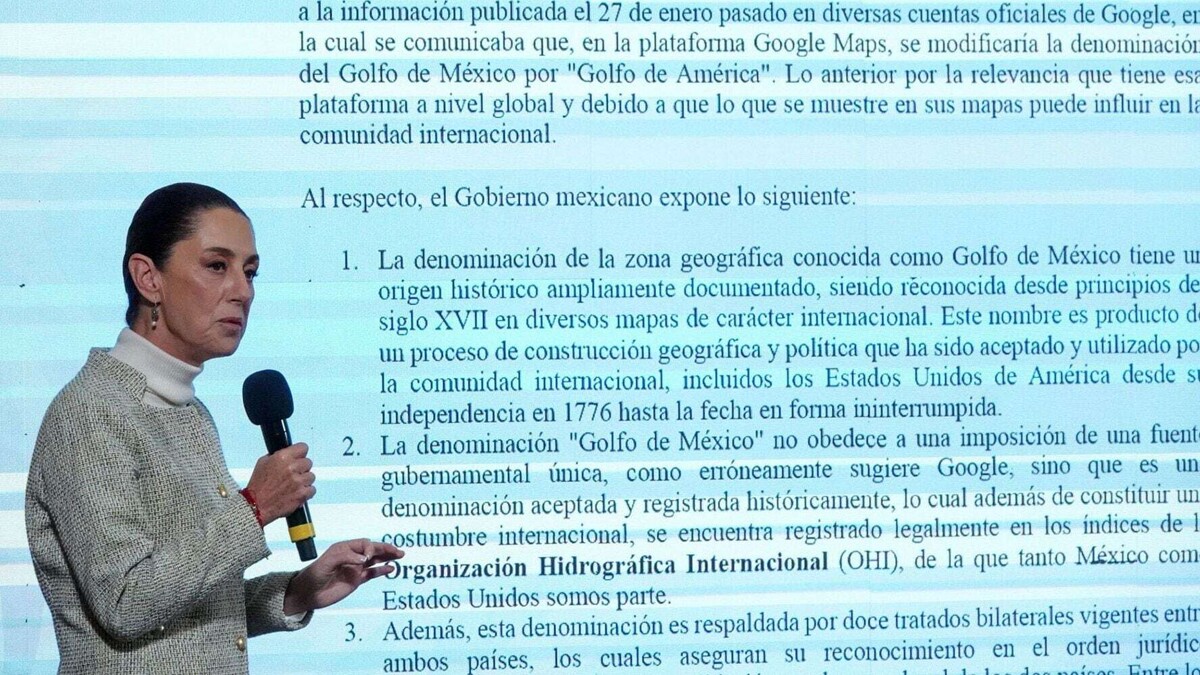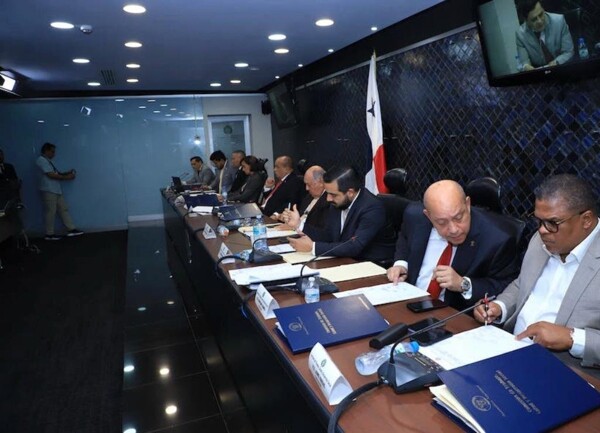
The international community, including the United States of America since its independence in 1776, has accepted and used the name Gulf of Mexico. This designation is not an imposition from a single government source, as is incorrectly indicated on Google, but rather a historically accepted and registered name, supported by international agreements.
In January 2025, the President of the United States, Donald Trump, signed an executive order to change the name of a fraction of the Gulf of Mexico in the continental shelf of his country. However, this change only affects a portion of the gulf and has no implications for the entirety of the watershed or the marine areas of Mexico and Cuba.
The Head of Government of Mexico City, Claudia Sheinbaum, showed a letter sent to Google regarding its decision to adopt the name "Gulf of America." In the letter sent by Chancellor Juan Ramón de la Fuente, it is emphasized that the name "Gulf of America" should not be imposed on other countries, as the historically recognized name is Gulf of Mexico.
The Mexican Government emphasized that Google's decision to adopt the designation "Gulf of America" on Google Maps is relevant, as the information displayed on maps can influence the international community. Google was requested to consider the documented history of the name Gulf of Mexico and to properly show the geographical boundaries on its maps.
It was clarified that the name change made by the United States is limited exclusively to the waters under its jurisdiction and does not affect the maritime areas of other countries. Both governments have entered into treaties regarding their marine boundaries, including the use of the extended continental shelf of the Gulf of Mexico.
The international regime for maritime areas is established in the United Nations Convention on the Law of the Sea. The United States has complied with these provisions, and the name change on Google Maps will take place when the officially recognized geographical sources by the government are updated.














